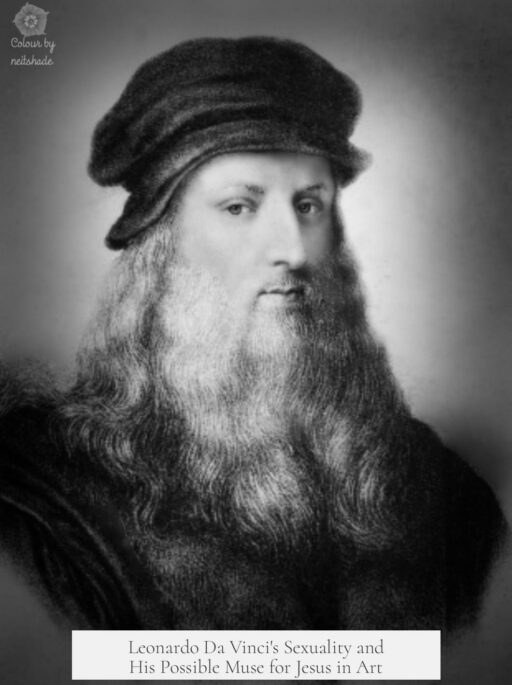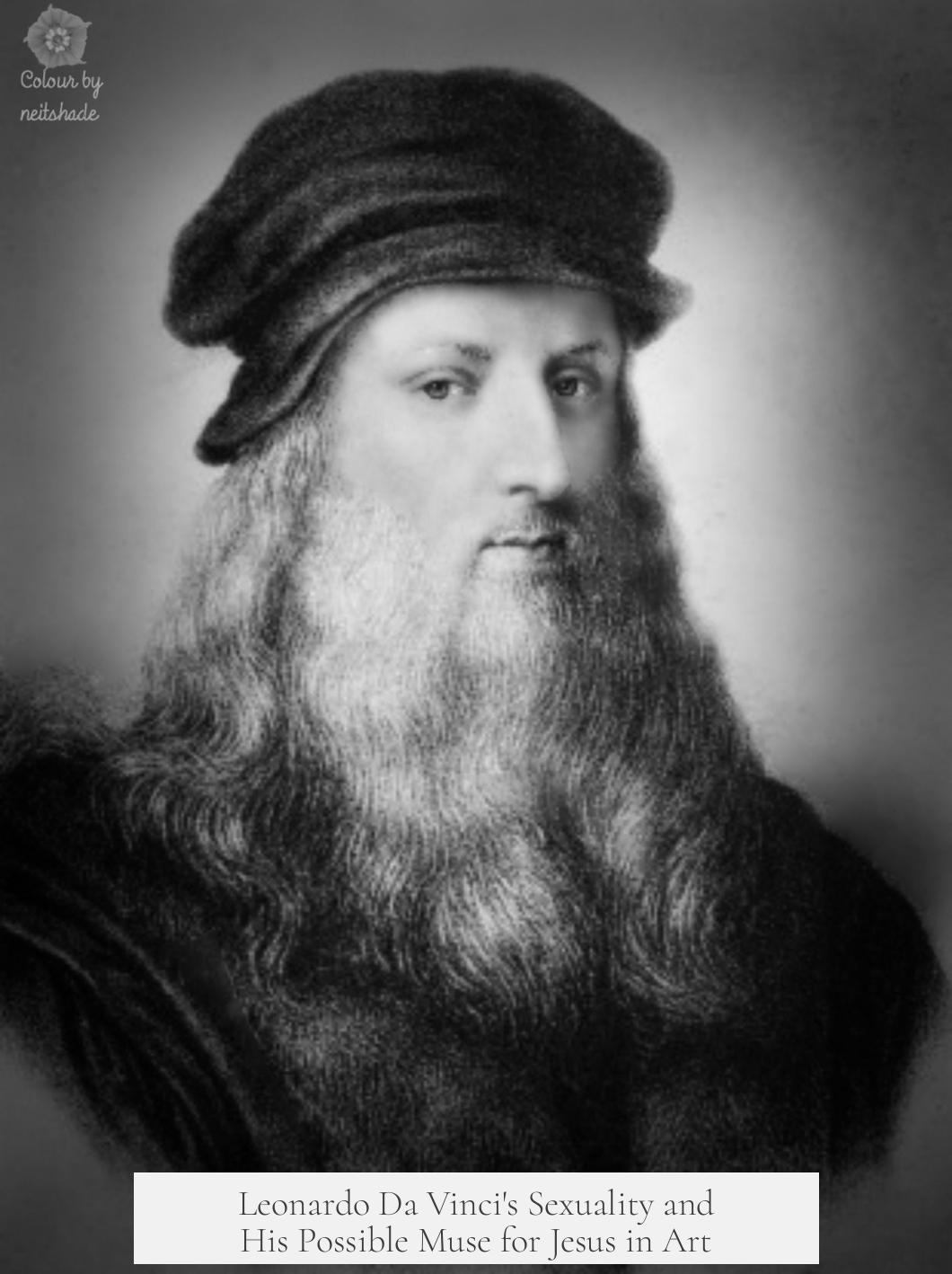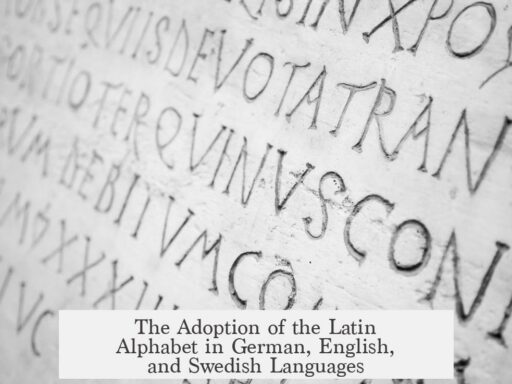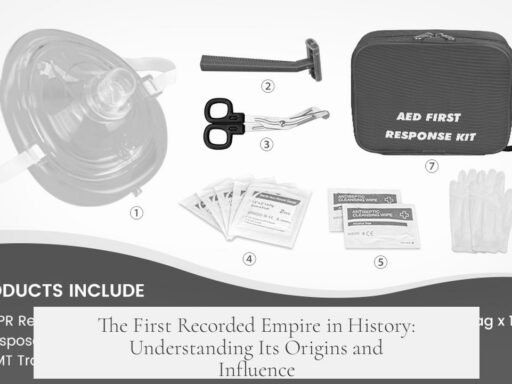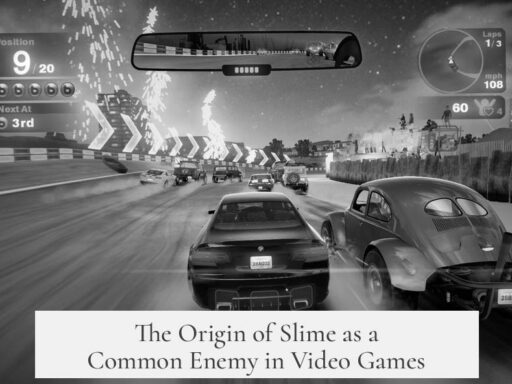Leonardo da Vinci’s sexual orientation remains a subject of historical discussion, though no definitive evidence confirms that he was gay, and there is no credible proof that a boyfriend modeled for his paintings of Jesus.
Scholars and historians debate Leonardo’s sexuality due to limited historical documentation. Discussions such as those found on /r/AskHistorians provide detailed examinations but reach no consensus. Some suggest Leonardo may have had relationships with men, while others argue there is no concrete proof. His personal notebooks and legal records do not explicitly describe his romantic life.
Regarding Leonardo’s artworks, there is no verified information about the identity of models for his paintings of Jesus. Historically, the depiction of Jesus has varied widely in European art. This variation depends on regional, cultural, and artistic influences rather than on Leonardo’s personal relationships.
Experts note that Renaissance painters often used a variety of models for religious figures. These choices were typically based on artistic ideals or patrons’ preferences rather than the artist’s private life. Contemporary research and blog posts emphasize the evolving portrayal of Jesus through history but do not link Leonardo’s personal muses to his religious art.
“The model for Jesus in Leonardo’s paintings remains unknown and is likely a symbolic or ideal figure rather than a portrait of a real person.”
Overall, claims that Leonardo’s boyfriend served as the muse for Jesus in his paintings lack credible evidence and are not supported by art historians or primary sources.
| Topic | Findings |
|---|---|
| Leonardo’s Sexuality | Discussed but no confirmed proof; historical debate ongoing |
| Jesus Model in Leonardo’s Paintings | Unknown; no evidence linking to Leonardo’s private life or boyfriend |
- Leonardo’s sexuality is debated but unconfirmed due to scarce direct evidence.
- Historical portrayals of Jesus have varied independently of Leonardo’s personal life.
- No credible sources link a boyfriend or close male companion as Jesus’s model.
- Art historians consider religious figures as symbolic or ideal rather than personal portraits.
Was Leonardo Da Vinci Gay? And Was His Boyfriend the Muse for His Paintings of Jesus?
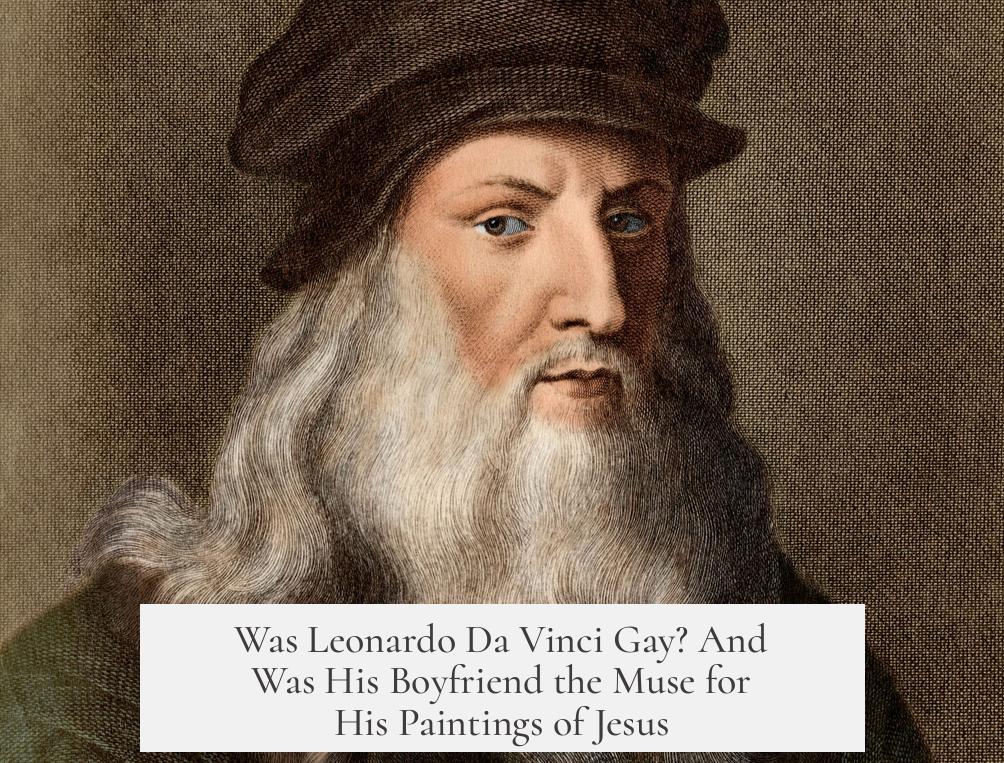
Leonardo da Vinci’s name instantly calls to mind the Mona Lisa, the Last Supper, and an aura of brilliant mystery. But what about his personal life? Was Leonardo gay? And intriguingly, did his boyfriend inspire the hauntingly serene faces of Jesus in his paintings? Let’s dive deep into these questions and separate fact from speculation, myths from reasonable guesses.
The blunt answer: Leonardo’s exact sexuality remains uncertain, with no confirmed historical evidence proving he was gay, and there is zero concrete proof that any boyfriend was the muse for his depictions of Jesus. However, this conclusion opens up a fascinating story woven through art history, historical records, and modern interpretations.
Peeling Back the Curtain on Leonardo’s Sexuality
Leonardo da Vinci lived in Renaissance Italy, a time when private matters like sexuality were seldom openly discussed or documented in the way we expect today. The question about Leonardo’s sexual orientation has inspired much speculation. On platforms like /r/AskHistorians, historians and enthusiasts debate the subtle clues left behind.
User mimicofmodes offers one of the more detailed threads discussing Leonardo’s possible homosexuality. Yet, they carefully avoid claiming certainty, emphasizing a lack of conclusive evidence. The topic often hinges on his known close relationships with young male assistants, such as Gian Giacomo Caprotti, famously called Salai, who appears frequently in Leonardo’s biographies as a companion, pupil, and sometimes thorn in his side.
The gossip mill from biographer Giorgio Vasari—written decades after Leonardo’s death—mentions accusations of sodomy against Leonardo, which for its time was a severe charge but lacked sufficient proof to result in conviction. This absence of tangible proof leaves historians cautious about labeling Leonardo definitively.
In short: Leonardo da Vinci’s sexuality is a mystery, wrapped in scarce evidence and thick assumptions. He might have been gay, bisexual, or simply a man with intense platonic friendships. Yet without direct evidence, it’s all open to interpretation.
Who Modeled as Jesus in Leonardo’s Paintings?
The notion that Leonardo’s “boyfriend” could have been his muse for Jesus is a juicy and seductive theory, lending romance and intrigue to sacred art. But here, history hits a hard stop.
There is no historical record or credible art historian consensus confirming that Leonardo’s models for Jesus resemble or relate to any particular person in his personal life. The actual models for Leonardo’s religious figures remain unknown, shrouded by time and the artist’s deliberate mystique.
According to artistic scholars and enthusiasts, such as those contributing to discussions on the appearance of Jesus through history (blogpost by Spencer A. McDaniel) and r/AskHistorians, the portrayal of Jesus has evolved significantly. Artists reflect the norms, aesthetics, and cultural values of their times. Leonardo’s versions can be seen as interpretations rather than portraits from life models—possibly idealized, possibly imaginative, possibly symbolic.
In other words, the idea that his personal partner stood in as Jesus is tantalizing but not grounded in any documentary or visual evidence.
Why Do These Questions Matter?
Wondering about Leonardo’s sexuality or the muse for his paintings isn’t just idle curiosity. It hits a chord about who shapes art and how the personal lives behind masterpieces affect interpretation.
Leonardo is often portrayed as the genius with no human weakness. Peeking into his personal life makes him more relatable. Was he a romantic, a loner, a man whose relationships influenced his art? The lack of definitive answers keeps the debate alive.
And it invites us to consider how art reflects society’s attitudes too. Could recognizing LGBTQ+ influences in Renaissance art help reframe historical narratives that often ignore marginalized voices? Possibly yes.
Tips for Art Lovers and History Buffs
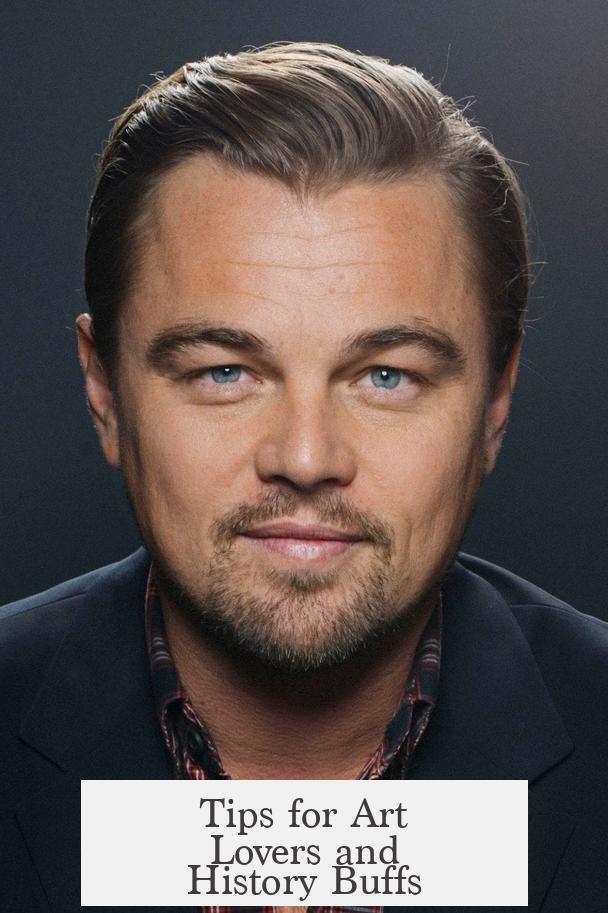
- Explore the Context: When studying Leonardo or any historical figure, think about the social and cultural context. Renaissance Italy had strict social norms. Privacy was sacred and records often silent on personal matters.
- Check the Sources: Look for biographies, archival materials, and discussions from respected historians. Popular lore is interesting but rarely definitive.
- Appreciate Artistic Interpretation: Understand that paintings like The Last Supper or Salvator Mundi aren’t necessarily portraits of real people but expressions of ideals, theology, and artistic vision.
- Engage with Current Scholarship: Follow historians and museums as new documents, tech, and analysis sometimes shed fresh light on old mysteries.
A Fresh Perspective on Leonardo’s Mysteries
Here’s the takeaway: Leonardo da Vinci’s sexuality remains a subject of scholarly speculation without firm evidence. His personal relationships are clues, not confessions. The suggestion that his boyfriend modeled as Jesus for his paintings is alluring yet unfounded by historical or artistic data.
This doesn’t dull Leonardo’s genius—if anything, it humanizes him, showing how much about him is still unknown and fascinating. It invites us to look beyond green-eyed temptations of rumor and examine the art and history with curiosity and respect.
So next time you gaze at the serene Jesus in The Last Supper or the inscrutable look of the Mona Lisa, remember: the magic lies not only in the brush strokes but in the enduring mystery.
“Mystery creates wonder, and wonder is the basis of man’s desire to understand.” – Neil Armstrong (and good advice for Leonardo fans too!)
What do you think? Could the enigmatic Leonardo’s personal life hidden in shadows also hint at more layers behind his art? Or should we admire these masterpieces strictly on their artistic and historical merits? Join the conversation and keep the debate alive!
